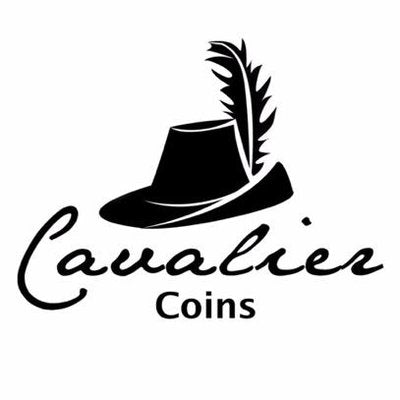Have you ever wondered how British coins came to be? In this blog post, we'll take a brief look at the history of British coins. We'll start with the earliest coins and trace their development through to the modern day. So sit back, relax, and enjoy a little trip through time!
The Earliest Coins
The first coins used in Britain were brought over by the Romans during their occupation of the country. These coins were made of bronze and copper and had images of Roman emperors on them. The use of coins spread throughout Britain, and by the time the Romans left in 410 AD, many tribes were using them.
The Anglo-Saxons continued to use Roman coins for many years after the Romans left. However, as time went on, they began to create their own designs. The first Anglo-Saxon coins were made of silver, and had images of animals on them. These designs were eventually replaced by Christian symbols such as crosses.
Coins in the Middle Ages
During the Middle Ages, the design of British coins changed very little. The main difference was that the material they were made from switched from silver to gold. This was because gold was seen as more valuable than silver.
The designs on medieval coins tended to be religious in nature, with images of saints or biblical scenes being popular choices.
Coins in the Modern Era
British coins underwent a major redesign in 1662. This was because England had recently switched from using gold as its currency to using silver. As a result, all English coins were made smaller and lighter so that they contained less silver.
This redesign continued throughout the following centuries with different materials being used for different denominations of coinage. For example, bronze was used for lower value coins while gold was reserved for higher value denominations such as sovereigns and guineas.
So there you have it, a brief history of British coins! Next time you're handling your change at the shop, take a moment to think about all the history that's behind those little pieces of metal!

